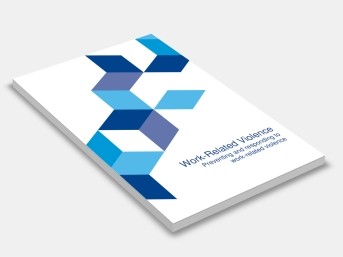Work-related violence: Preventing and responding to work-related violence
SafeWork SA
Work-related violence is any incident in which a person is abused, threatened or assaulted in circumstances relating to their work.
This definition covers a broad range of actions and behaviours that can create a risk to the health and safety of workers.
Some industries describe behaviours that fit this definition as ‘acting out’, ‘challenging behaviour’ or ‘behaviours of concern’.
This guide covers two types of work-related violence: external violence and service-related violence.
External violence is usually associated with robbery or other crimes and the perpetrator is someone from outside the workplace. It can happen in any industry but often occurs in the retail, hospitality, security, cash-handling, finance and banking industries.
Service-related violence arises when providing services to clients, customers, patients or prisoners. It generally occurs in the hospitality, retail, health, aged care, disability, youth services, education and enforcement industries. In some circumstances service-related violence is unintentional, but it still has the potential to cause harm and is therefore a risk to a worker’s health and safety.
Work health and safety laws are designed to ensure the health and safety of workers, and others, in the workplace. ‘Health’ includes physical and psychological health.
A person who conducts a business or undertaking (PCBU) has a primary duty of care to ensure the health and safety of their workers, and others, in the workplace.
They must provide and maintain, so far as is reasonably practicable, a safe and healthy working environment. They must also consult with their workers – and with other PCBUs when applicable – about health and safety issues.
Contents:
1: Work-Related Violence
2: Preventing Work-Related Violence
3: Responding To Work-Related Violence
4: Violence Prevention Policy
5: Further Information
Appendix 1: Work-Related Violence Risk Assessment Tool
